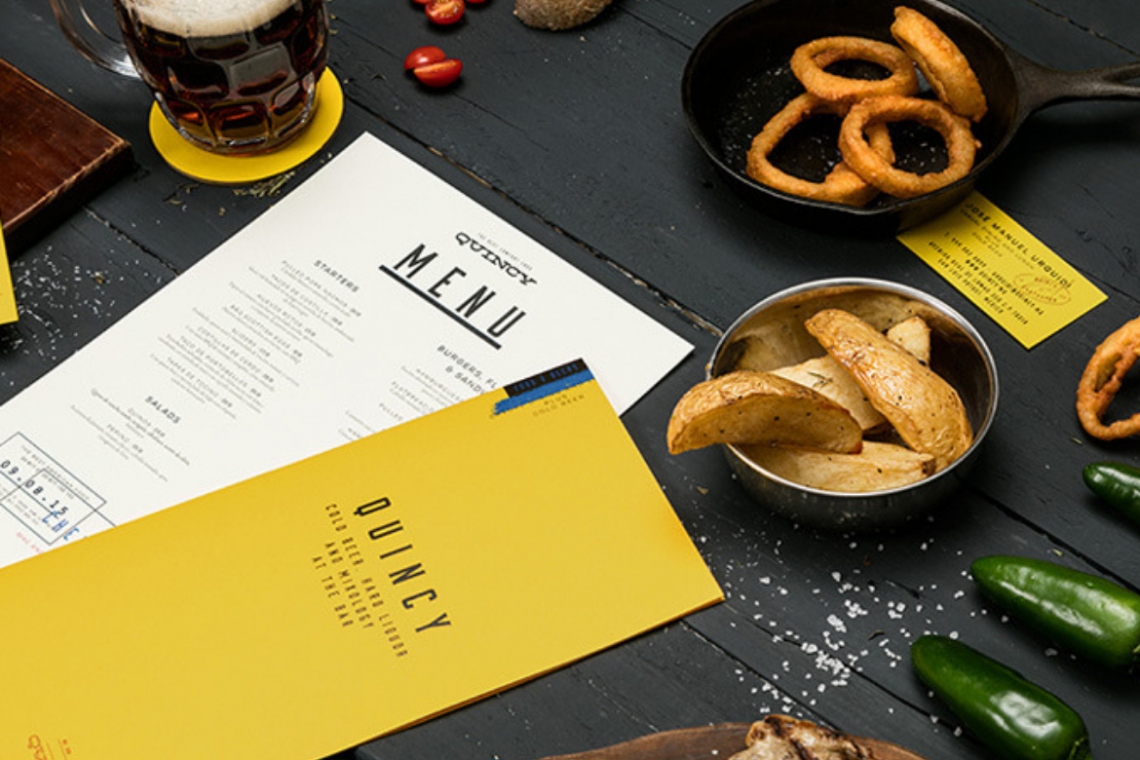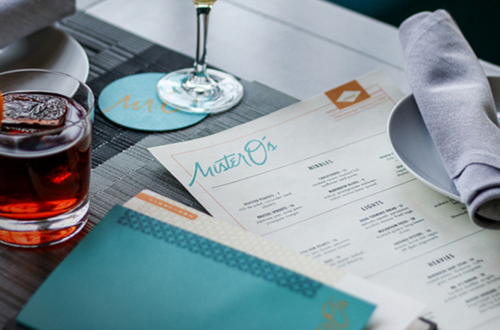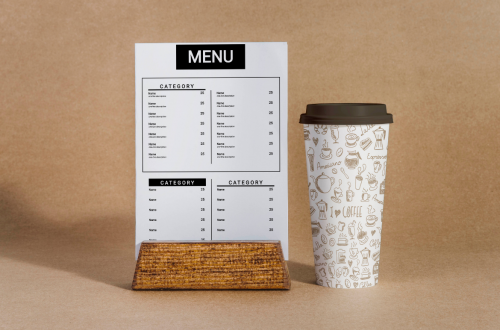The restaurant menu is no longer just a list of dishes and prices. Today, it’s a fully efficient marketing tool by which it is possible to convince customers to order a particular dish.
According to menu engineering (the study about strategic menu construction), a description is the most powerful way of influencing customers that is able to increase sales by 30%. Therefore, before designing a menu, remember about its great importance.
To create the menu that will be effective and might interest guests, follow these 4 fundamental rules:
-
Dish description shouldn’t be short
Since people don’t like to read long texts, the shorter description is easier to perceive. But this rule doesn’t work with dish description. More precisely, it works vise versa.
The longer description is, the bigger chance that guests will read it and find the dish appealing. After all, if so much could be said about a dish, most likely it’s worth to try.
-
The description should evoke emotions
Emotions are the greatest way of influencing human behavior. It has been proved that people buy things only because of evoked emotions even when they are not supported by logic. You can read more about this topic in our article about the psychology of menu design.
Come up with creative ways of reminding guests about valuable things, such as family or nationality. Agree that “Grandma’s apple pie” definitely evokes more emotions than “Strudel”.
-
Use varied vocabulary in dish description
Did you ever have the feeling that under every dish you read the same description? The problem lies in the monotony of used words.
According to menu engineering, it is believed that you can convince a person by using a wide range of synonyms. Try to create such dish descriptions where one adverb is related to only one meal.
Use diverse but simple vocabulary. Avoid words which sound too smart and are little-known. Then you won’t push out your guest of their comfort zone.
-
Use “tasty” words in dish description
To attract a customer with a dish, you need first to describe it in “tasty” details. While reading the description, the guest should directly imagine how the dish looks like.
Emphasize on the look, taste, structure and method of preparation. Particularly interesting and useful is the last point because the preparation process is the only thing we don’t see and may only imagine. For example, the dish “Juicy roast beef slowly baked with spices” for sure sounds more interesting than just “Roast beef with spices”.
The dish description isn’t a small matter Moreover, it is an essential element of an effective menu. When it is well-written with guests’ psychology taken into account, then it can greatly raise sales and help to get regular customers.





